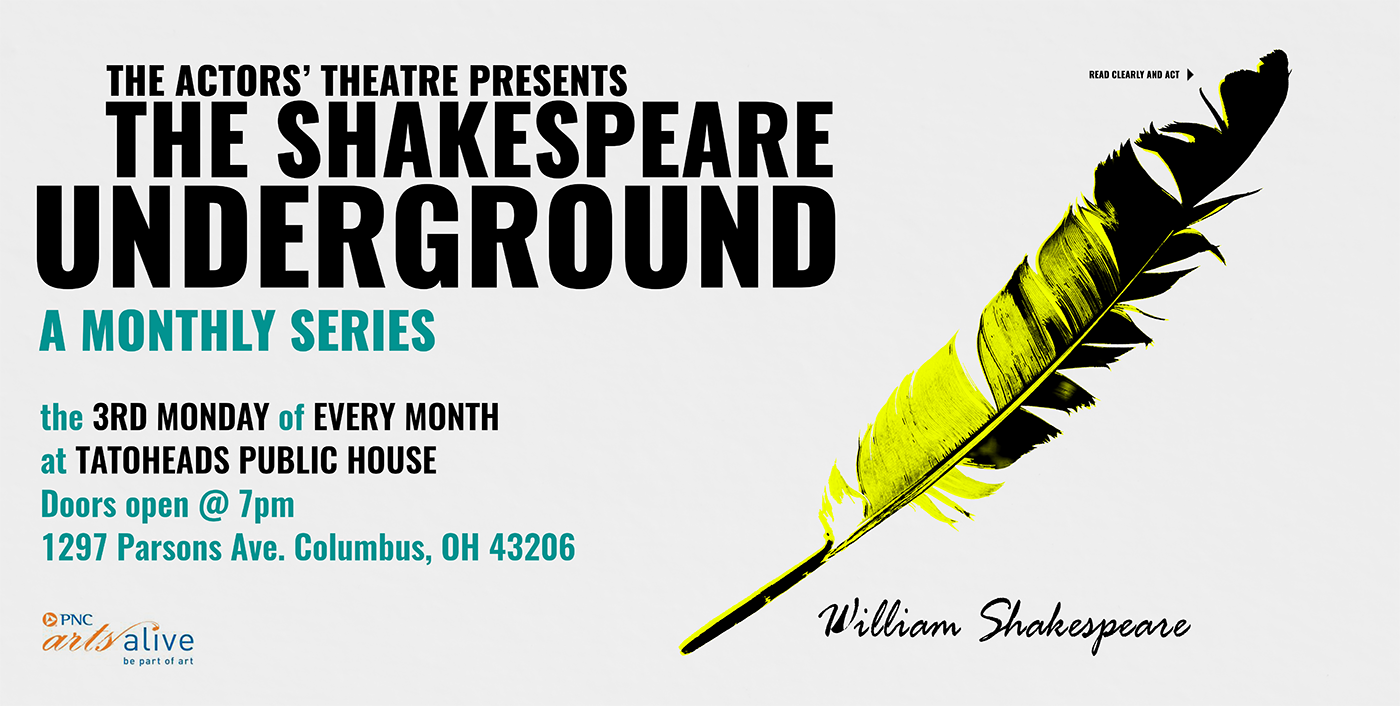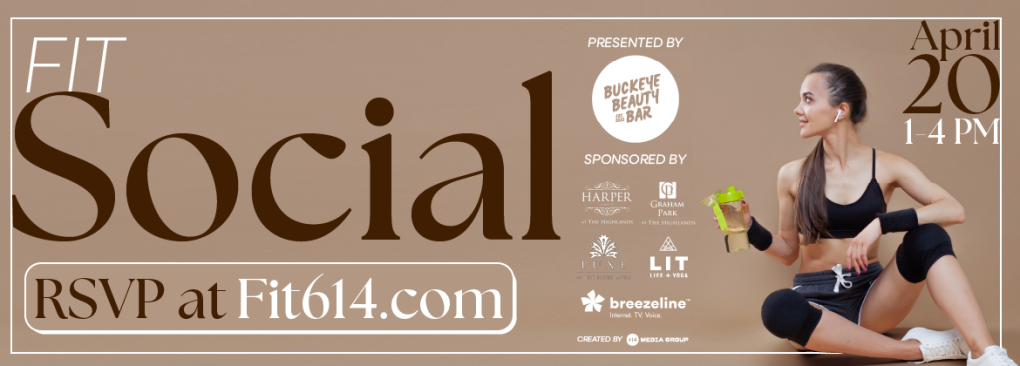Actors’ Theatre to celebrate Halloween with stylish vampire play

Actors’ Theatre of Columbus is proud to present The Shakespeare Underground, a series of staged readings and performances celebrating the dynamic power of classic theater.
“The mission of The Shakespeare Underground is to explore how classic plays are relevant to new audiences,” Artistic Director Philip J. Hickman said. “We want performances that are exciting and fresh, and that means unusual plays in unusual places.”
In addition to the monthly staged readings at TatoHeads Public House, pop-up special events are scheduled at other locations throughout the year.
These include a full production of a Shakespearean play (from casting to final performance) that takes place in just 24 hours.
“The Shakespeare Underground is full of exciting plays with big ideas, plays that got people in trouble,” Hickman said, adding that this season includes comedies written by pirates, subversive melodramas, and radical science fiction.
The next monthly installment is “The Vampire” by James Robinson Planche’, coming up October 22, to celebrate the Halloween season.
BROUGHT TO YOU BY
Audience members will be introduced to a vampire with style, breeding, manner, and charm. Using highland folklore, low brow comedy, romance, spectacle, drama, and music, Planche’ creates the blockbuster hit of 1820 and forever changes how we perceive The Vampire.
“This is an exciting project for Actors’ Theatre. We get to work with so many talented actors and directors, and we have the flexibility to take shows into new and unexpected places,” Hickman concludes, “Some of these plays are suppressed history. We’re excited to set them free. Keep an eye out; The Shakespeare Underground will surprise you.”
The Shakespeare Underground takes place the third Monday of every month beginning at 8pm (doors open at 7pm). Admission is $15 in advance, or “Pay What You Will” at the door. Complimentary reserved seating is available for ATC members (members must RSVP for reserved seating).
BROUGHT TO YOU BY






